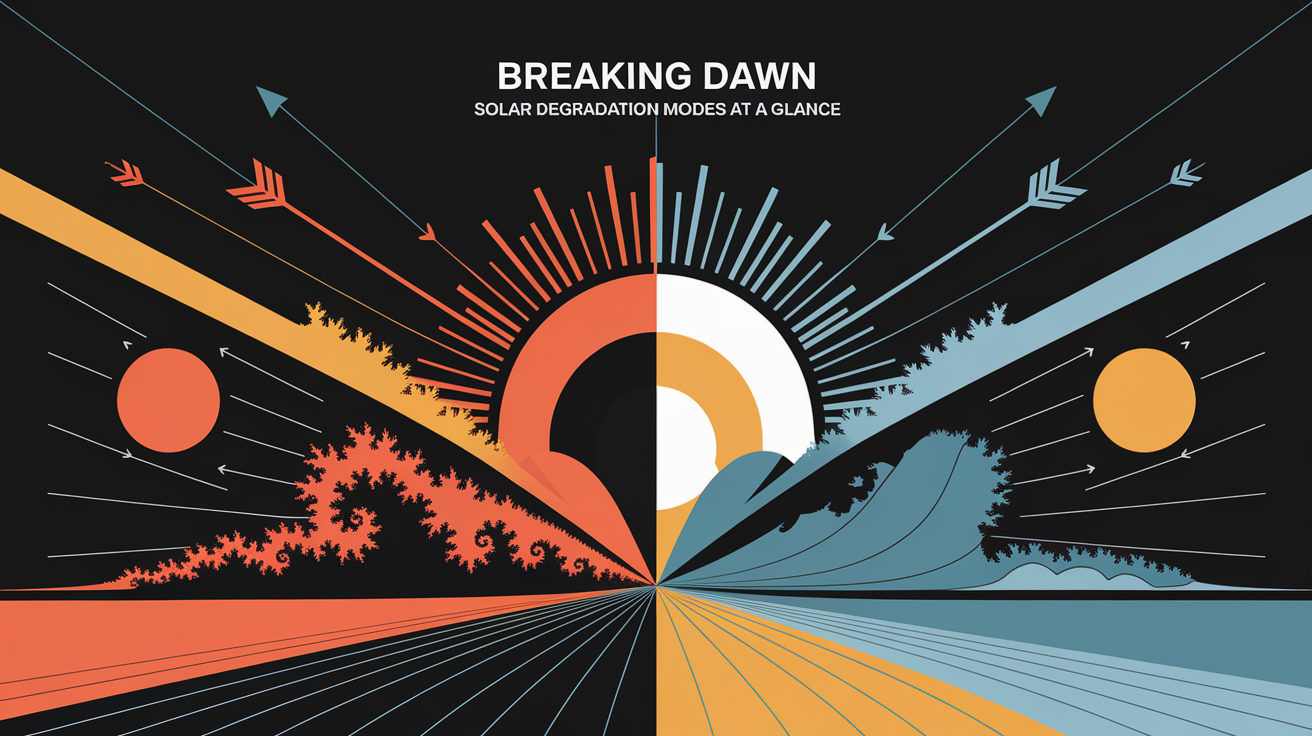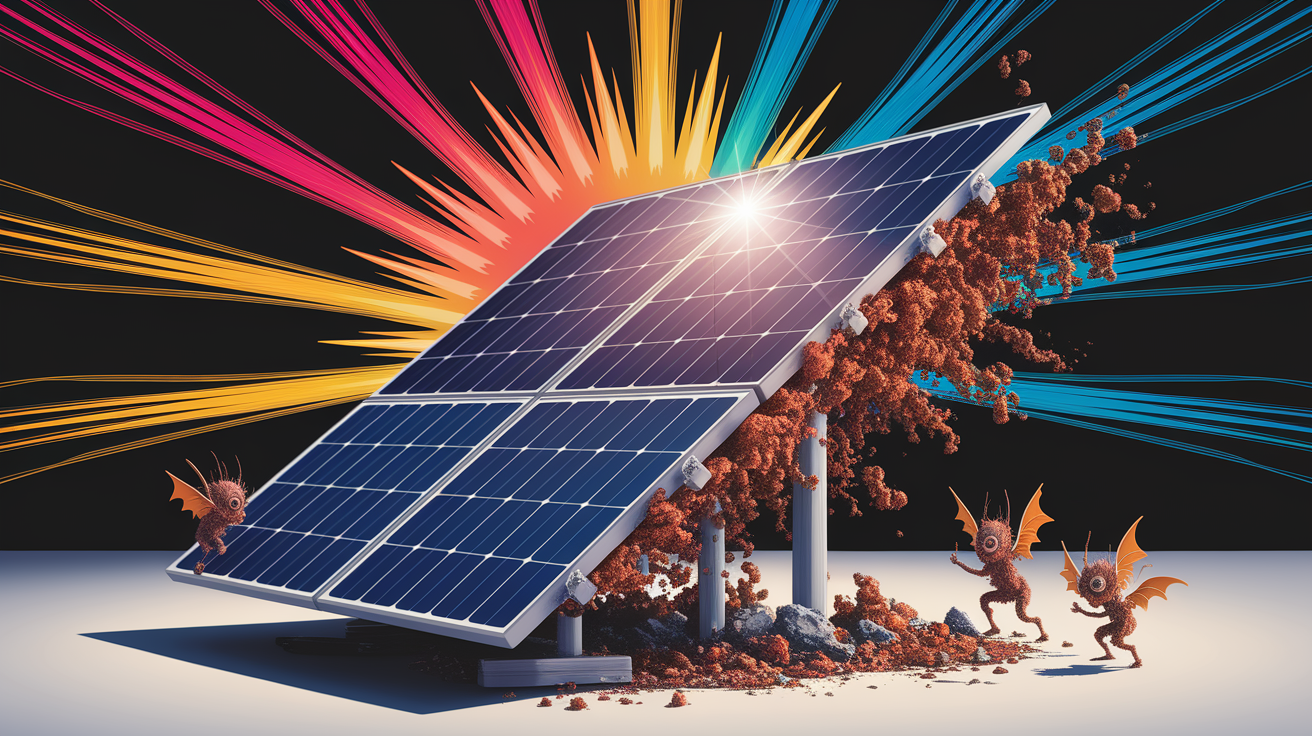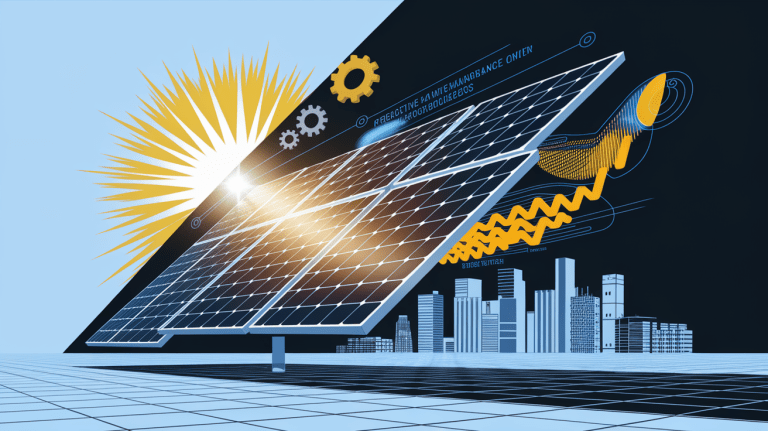Weathering the Sun: Understanding Solar Panel Corrosion, PID, and Degradation Modes
Breaking Dawn: Solar Degradation Modes at a Glance
Photovoltaic systems—whether crystalline silicon or thin film solar—face a complex array of degradation modes that can erode efficiency, shorten service life, and threaten investment returns. Among the most critical are solar panel corrosion and potential induced degradation (PID), phenomena that manifest through environmental exposure and electrical stress. These processes contribute to progressive solar cell degradation and measurable power output loss over time, often impacting module warranty expectations.

Industry research by organizations like the National Renewable Energy Laboratory (NREL) has highlighted the interplay between moisture ingress, UV exposure, thermal cycling, and high voltage bias in accelerating photovoltaic degradation. Understanding the causes, mechanisms, and testing methods for these modes is crucial for improving solar module reliability worldwide.
Corrosion in Solar Panels
Electrochemical corrosion is a leading cause of module performance decline and premature failure in PV installations. As documented in a comprehensive review, corrosion arises from redox reactions accelerated by humidity, temperature fluctuations, saline atmospheres, and UV exposure. These reactions damage solder joints, electrical contacts, conductive coatings, and encapsulant materials, undermining solar panel efficiency.

PV components such as anti-reflective coating and backsheet layers are susceptible to long-term environmental moisture ingress, which can lead to module delamination, bypass diode failure, and interconnect degradation. Damp heat testing and accelerated aging protocols reveal that even small increases in insulation resistance loss can signal corrosion activity, making solar panel corrosion resistance testing a crucial preventive measure.
Potential-Induced Degradation Demystified
Potential Induced Degradation is an electrical stress phenomenon in photovoltaic modules caused by high system voltages—up to 1500 V—and negative voltage bias relative to grounded frames. PID occurs when charges migrate through encapsulants like EVA, leading to leakage currents, polarization effects, and in some cases electrochemical corrosion at cell surfaces. This is especially prevalent in transformer-less inverter configurations (FuturaSun).

PID can manifest as rapid solar module performance degradation, reducing output by double-digits in a matter of months under severe conditions. Elevated temperature, humidity, and extended voltage bias duration are all PID acceleration factors, making it essential to implement module grounding and design changes to limit susceptibility.
Other Critical Degradation Modes
Beyond corrosion and PID, PV systems face additional degradation mechanisms:

- Light induced degradation – Initial drop in efficiency due to changes in crystalline silicon structure.
- Thermal cycling – Expansion and contraction stresses causing solder bond failure and microcracks.
- Hot spot formation – Localized overheating from shading or cell defects damaging encapsulants and interconnects.
- Glass breakage and backsheet cracking – Mechanical and environmental stress compromising weatherproofing.
- Bypass diode failure – Electrical imbalance reducing module output and risking component damage.
Each mode not only affects energy yield but can interact with others, compounding photovoltaic module degradation.
Monitoring and Maintenance Best Practices
Effective detection and mitigation of corrosion and PID require robust PID testing and ongoing monitoring. Laboratory methods subject modules to controlled humidity, temperature, and voltage bias to assess vulnerability. Field testing with insulation resistance measurements and infrared imaging can spot early signs such as hot spot formation or corrosion halos.
Preventive strategies include:
- Designing for reduced system voltage to lessen PID risk.
- Using PID-resistant encapsulant materials and anti-PID cell technologies.
- Applying protective coatings and sealants to mitigate moisture ingress.
- Scheduling regular humidity testing and electrical stress inspections.
- Installing PID recovery devices that introduce positive bias to reverse charge accumulation.
While some PID recovery techniques for photovoltaic systems can restore partial performance, irreversible damage from advanced corrosion underscores the importance of early intervention.
Setting Sun: Conclusion and Next Steps
As global deployment of photovoltaic systems accelerates, understanding and mitigating degradation modes like solar panel corrosion and potential induced degradation is vital. These threats to solar module reliability are multi-faceted, stemming from environmental exposure, electrical stress, and material vulnerabilities. The industry’s push for improved materials, smart system designs, and proactive maintenance aligns with investor and operator priorities to safeguard long-term solar panel performance degradation over time.
For manufacturers, integrators, and asset managers, the next steps include incorporating advanced corrosion protection in module design, refining PID testing protocols to better mirror field conditions, and leveraging predictive analytics to forecast degradation trends. By pursuing these initiatives, we can extend PV lifetimes, reduce warranty claims, and ensure that the sun’s energy remains a dependable resource for decades to come.







